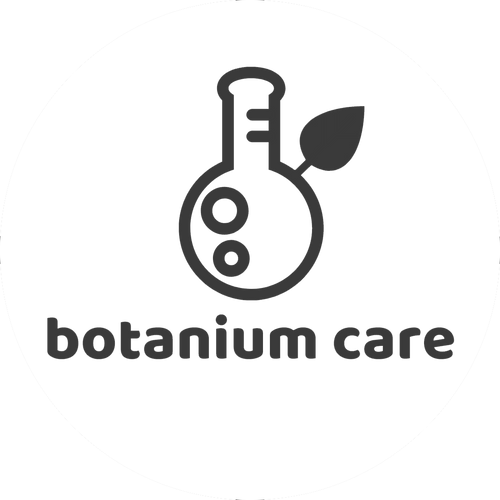What is Aromatherapy?
Aromatherapy is the safe use of natural essential oils to help achieve optimal holistic wellness. The term "L'aromatherapie" was coined by French chemist Dr Rene Gattefosse in 1920s. However the use of aromatic plant extracts can first be traced all the way back to some 18000 BC, throughout history, notably by the Egyptians, Greeks, Romans, Chinese, Arabs etc and most recently by the Europeans for various religious ceremonies, medicinal & beauty treatments.
Why do plants make essential oils?
Essential oils are secondary metabolites that plants produce for a number of reasons:
- to attract pollinators
- to deter pests & predators
- to protect themselves from environmental stressors
How are essential oils extracted?
Most essential oils are extracted through steam distillation. Most citrus oils are extracted through cold compression. A small amount of essential oils are extracted via solvent - these are called absolutes e.g. rose absolute. More recently some essential oils are extracted through hypercritical carbon dioxide.
Which parts of the plants are used to extract essential oils?
Different plants store essential oils in different parts of their structures. Depending on the particular plant - petals, leaves, stems, roots, rhizomes, seeds & peels are used. For example, essential oils are found stored in the peels of citruses, while flowers such as rose & jasmine produce and then immediately emit the essential oils from the epidermal cells of their petals. Eucalyptus oil is derived from steam distilling the leaves.
What is inside a drop of essential oil?
There are over 80-300 different chemical constituents identified in a single essential oil. These different constituents contribute synergistically to the particular essential oil's therapeutic effects.
How are essential oils used?
Essential oils are mainly used through:
- inhalation
- topical application
- baths
- compression
You should always dilute essential oils before application onto the skin. Consult a qualified aromatherapist on the safe use of essential oils.
The difference between essential oils vs synthetic fragrance
Essential oils are derived from plants which contain a wide array of constituents with therapeutic properties such as antimicrobial, anti-inflammatory, antioxidant activities. Synthetic fragrance are made in a lab primarily with artificial compounds such as petroleum, some may have been derived from natural and then modified in a lab. For example, a lavender essential oil naturally contains some 200 chemical constituents which work synergistically to offer therapeutic properties to the user. A synthetic fragrance made in a lab to mimic the smell of lavender does not contain these natural chemical constituents, and therefore does not offer the same therapeutic properties.
Quality
At BotaniumCare, we carefully source our essential oils from reliable suppliers to ensure quality in our products.
Respect to the environment
A note in respect to the environment - we handcraft our products in small batches and often many of our products are made to order. Mass production of anything can often lead to high wastage which is something we do not want to see happen to our creations. Especially when essential oils are such precious gifts from nature. Our respect to nature in not depleting its resources is our commitment.

